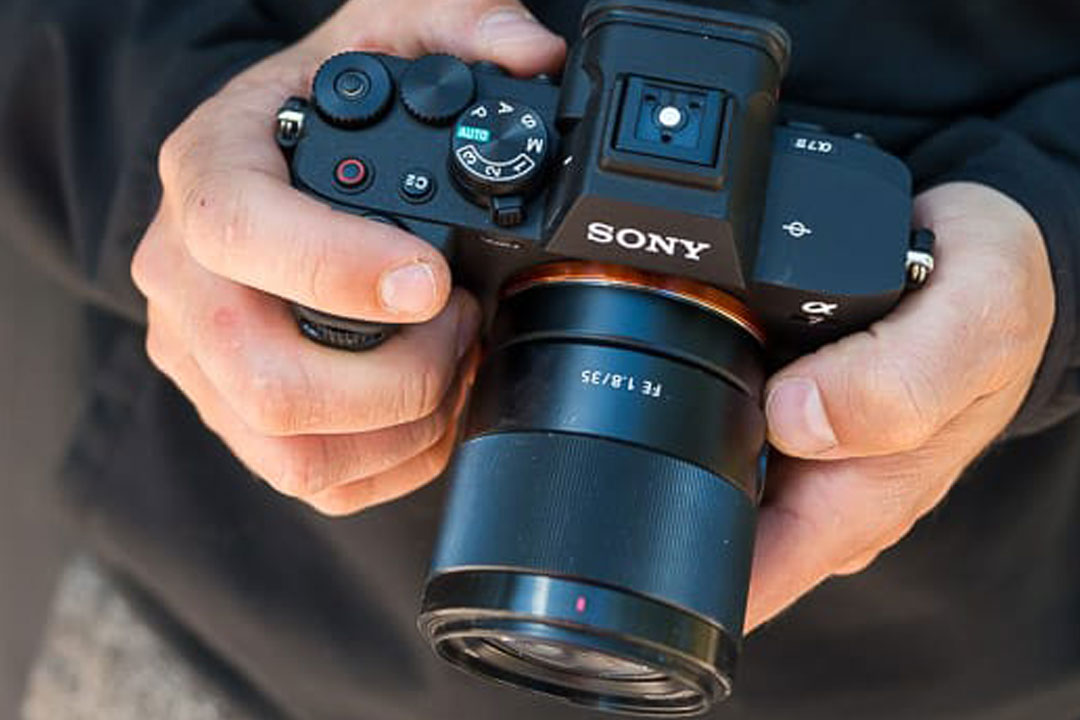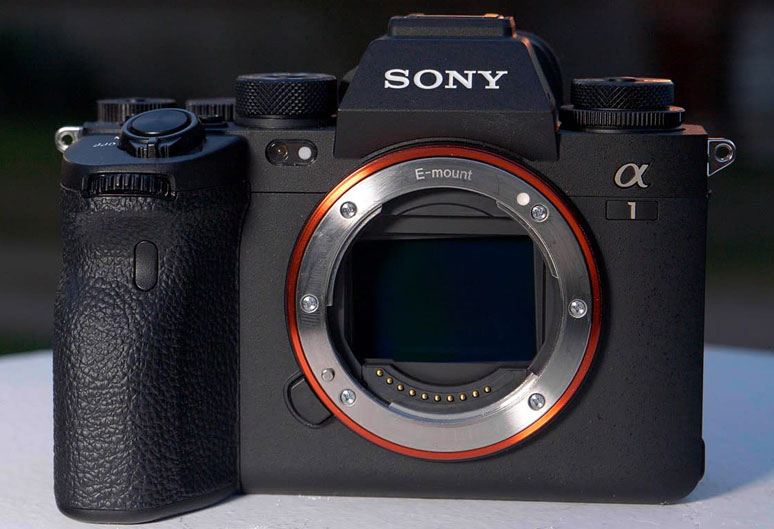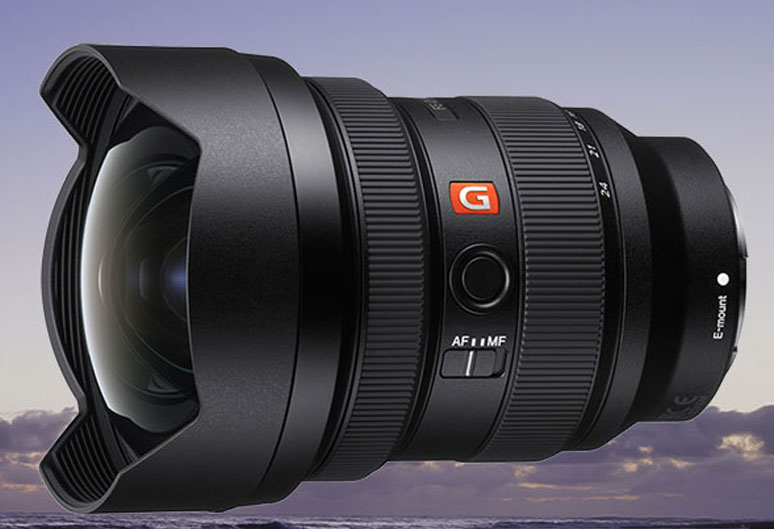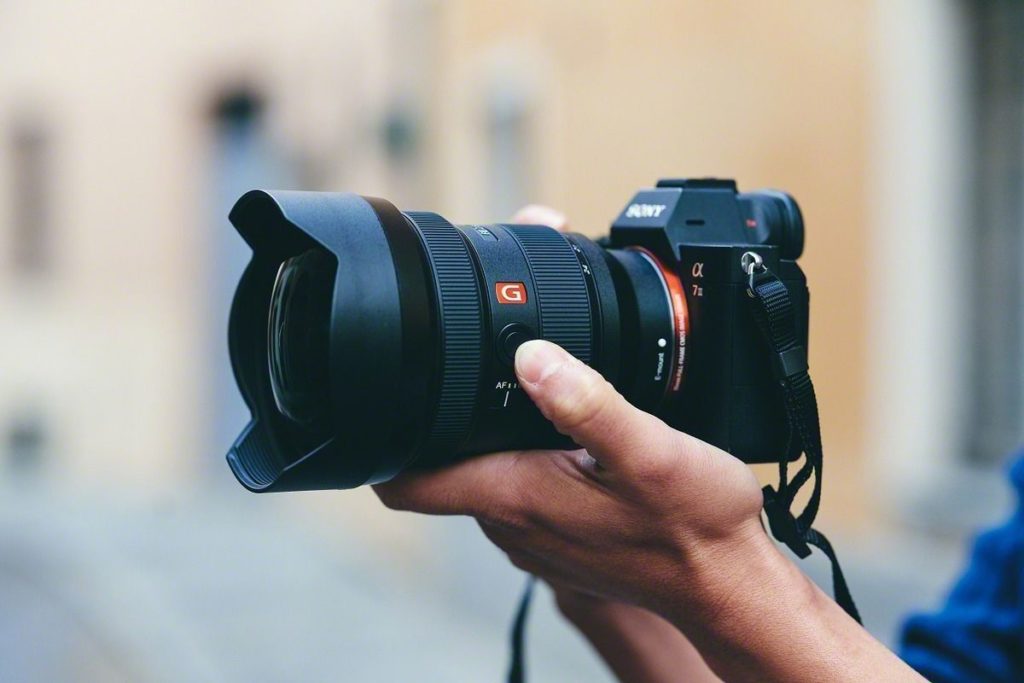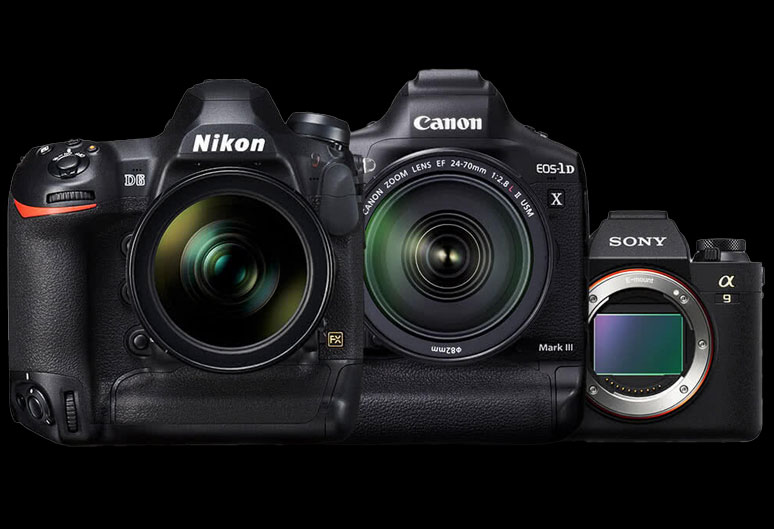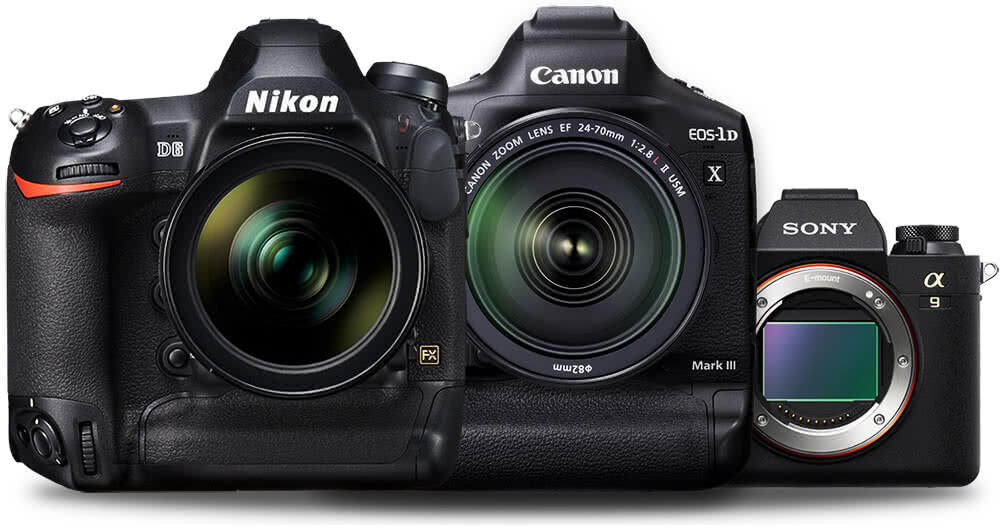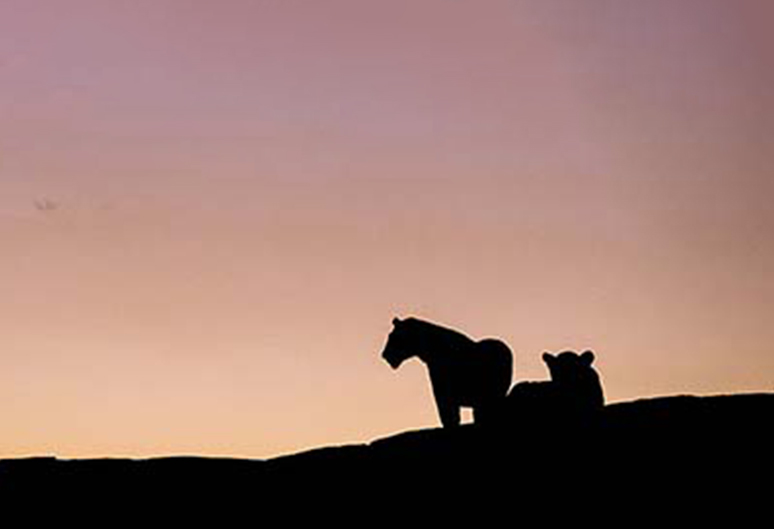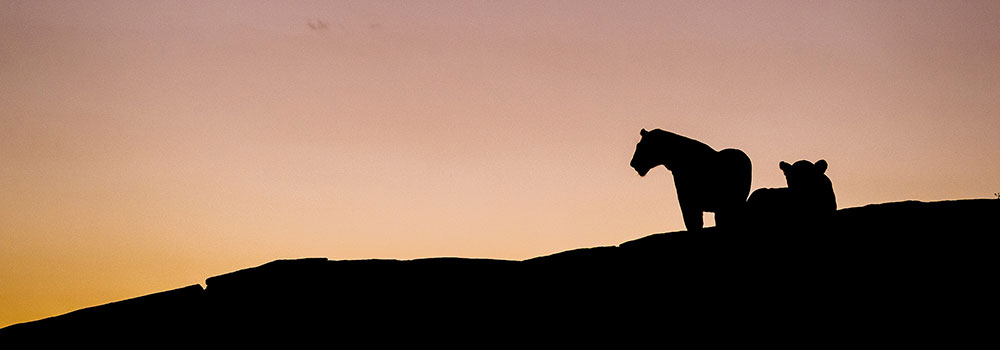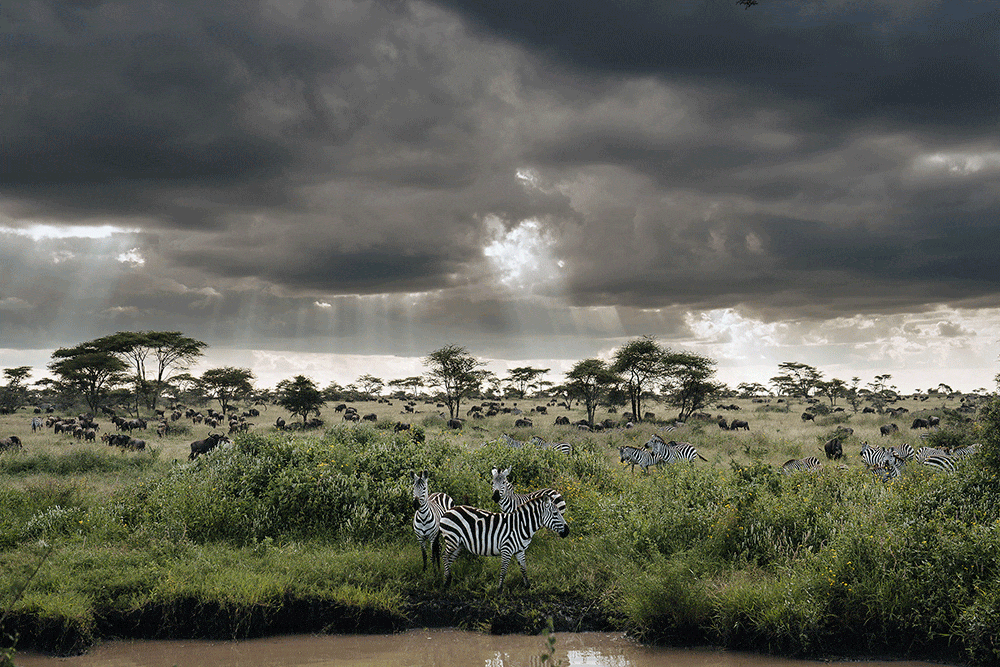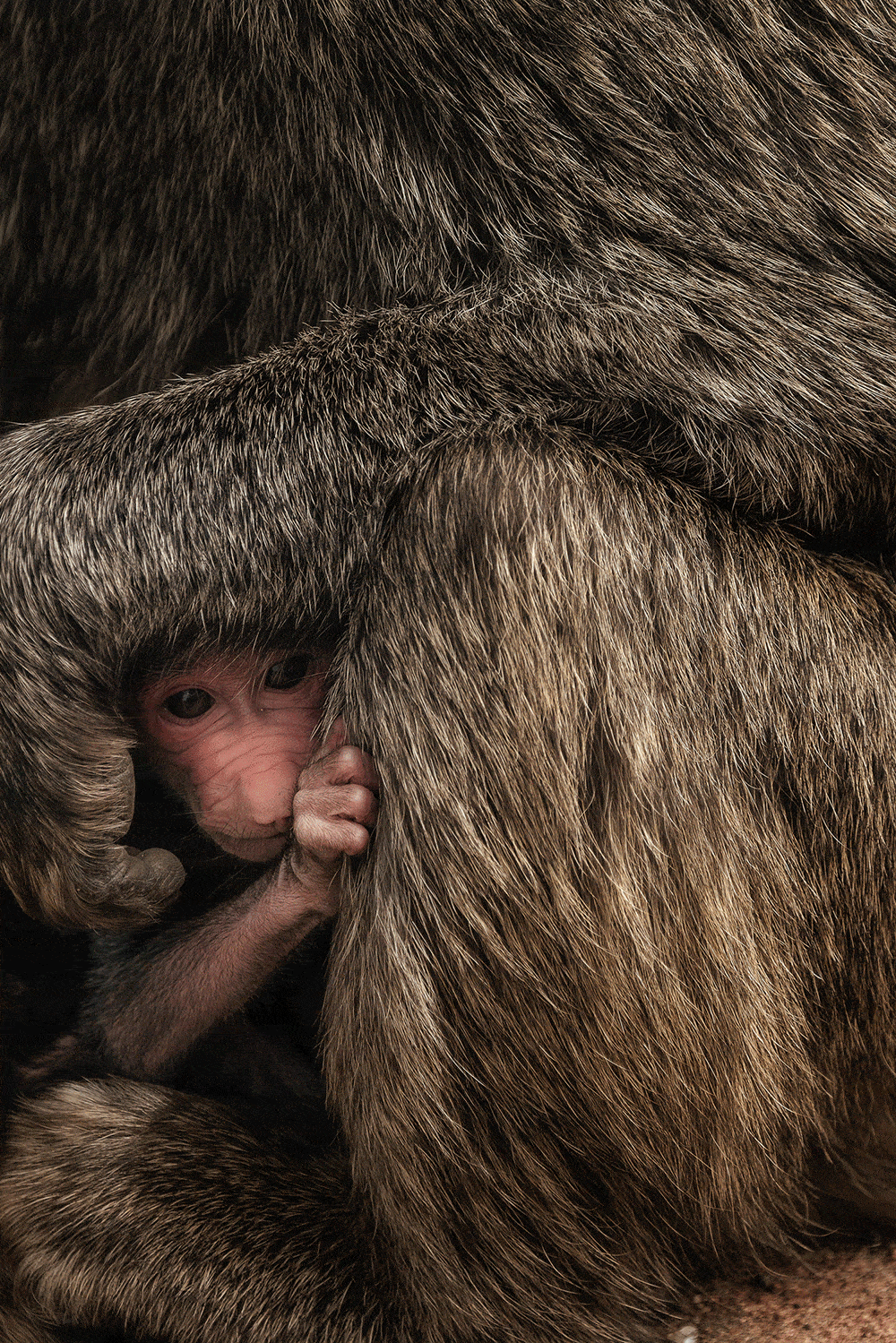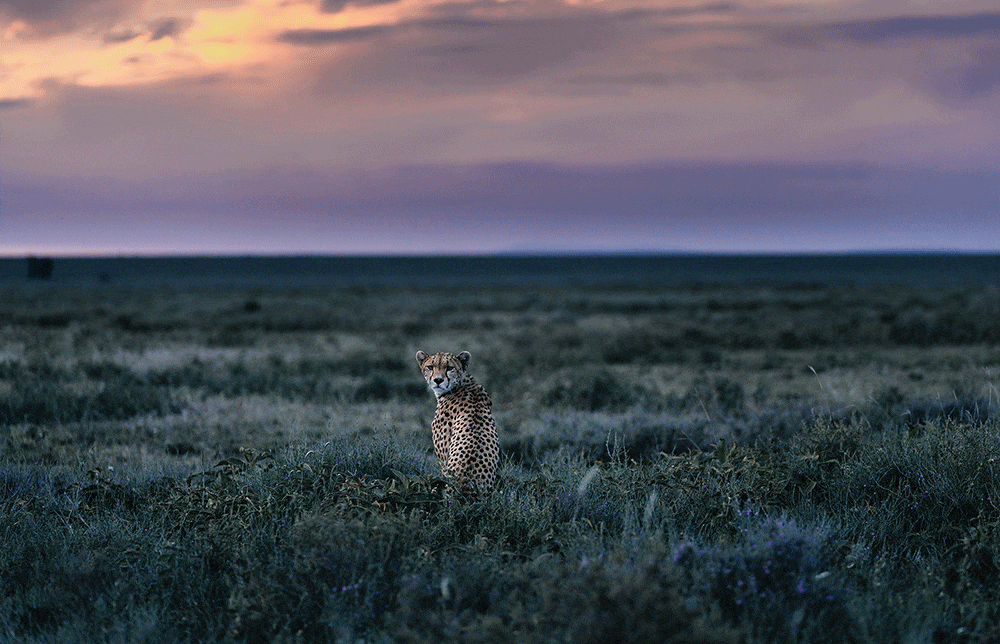Sony has launched a new full camera body in their full frame alpha 7 mirrorless range: The A7 IV.
This body is the successor to the Sony A7 mark III. It boasts a healthy 33 megapixels, high speed shooting, 4k 60p video and Face, Eye and animal AF. The Sony a7 IV is a strong new professional camera from the manufacturer. We’ve picked out some highlights from the spec below, and explore where the A7 IV fits in the alpha mirrorless range. Let us know your thought in the comments.
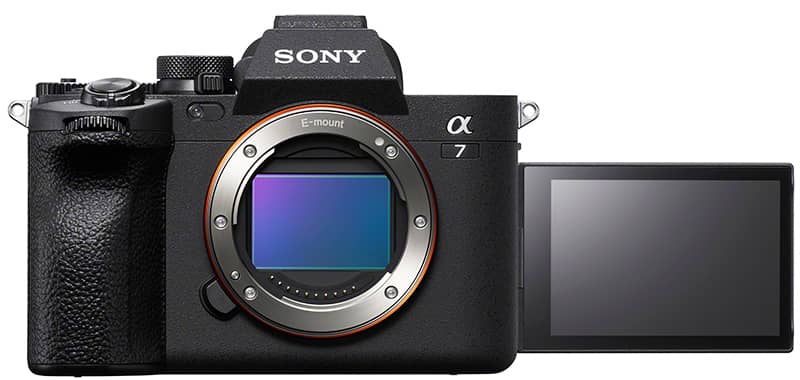
The Sony A7 IV body only: £2399
Sony model number ILCE-7M4
Our sales team are taking pre-orders. To put your name down or to talk through more details call us on 0207 582 3294 or email sales@fixationuk.com
Image Quality 33 megapixels
33 megapixels on a full frame sensor deliver images that can be printed, withstand generous cropping and with excellent sensor technology from Sony can deliver great performances at high ISO for use in low light environments.
The key technology is the Sony Exmor R back-illuminated sensor. Back illumination places the pixel wiring behind the pixel so that the (microscopic) wires do not block the path of light into the sensor this enhances the light-gathering power of each pixel as there is a clear path for the light to enter the sensor.
Not only is the Sensor capable of gathering light better but it is paired with a new Bionz XR imaging processor which delivers outstanding professional image quality even in low light.
Don’t miss a moment – the processing power of the A7 IV Bionz imaging processor facilitates burst shooting rates up to 10 frames per second with fast buffer clearance to capture the action.
The resolution and price point makes the Sony a7 IV an ideal wedding camera as it has the resolution for high quality edits and printing, plus the low light performance needed for covering events, all without the higher cost of more specialist Sony alpha bodies.
Exceptional Autofocus
Mirrorless cameras offer the unique advantage over DSLR bodies that the image focuses on the imaging sensor so that when focus locks on you are guaranteed sharp shots. With real-time Tracking and Eye AF technology with algorithms to identify and lock onto the eyes of humans, animals, and birds the Sony A7 mk4 will track your subject while shooting photos or recording videos.
There are 759 phase detection AF points across the frame.
The fast and accurate autofocus will keep sampling during high speed continuous shooting up to 10 frames per second making it a powerful wildlife camera as it can keep focus on the eyes while the action unfolds. The tracking autofocus also locks on and stays with the subject while recording video, more detail on the video spec below.
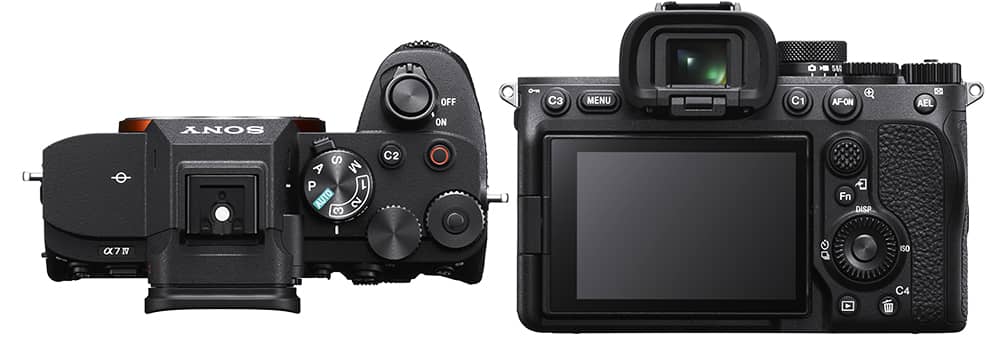
Fast Connectivity: USB type C 3.2 plus Wifi and Bluetooth
Dual high speed memory card slots deliver high speed image transfer with we via the Fixation preferred method: a separate card reader. Also via USB, built in ultrafast WiFi and Bluetooth.
With USB-C gen 3.2 compatibility wired image transfer is super fast straight out of the camera. There is an automatic Bluetooth image backup mode that allows you to save, transfer and share images instantly.
The dual card slot can be used to double the camera’s recording capacity by loading in extra GBs of space. We recommend using the dual slot as a backup which offers you more security in the case of a corrupted memory card.
The Alpha 7 IV connectivity enables live streaming options up to 4K15p or Full HD 60p without the need for a capture card making it a high quality streaming camera whenever you need to go live.
Vital stats for the dual memory card slot:
- Slot 1 can take CFexpress type A cards, UHS I or UHS II SD cards.
- Slot 2 is UHS I/II compliant for SD cards only.
Video specifications
The Sony a7 IV has a wide range of features including video and in the roaring twenties that means its a 4k camera. We know that not all 4k is created equal so let’s bust some jargon on the video spec.
Video Resolution
Record 4K video at up to 60p with full pixel readout. No image information is skipped or binned during video recording which delivers a more accurate video file.
Colour bit depth and chroma subsampling
The a7 IV can record in 4:2:2 10 bits. 4.2.2 refers to the amount of colour data recorded, twice as much colour pixel information as 4.2.0. 10 bits refers to the bit depth of each colour recorded offering a wider gamut of colours for increased subtlety in colour variations, this opens the door to producing HDR video content.
These settings may not be apparent straight out of the camera, or when viewed on standard screens, but they offer much greater latitude in post production for example if you were sending work to a colourist for grading. It is also essential for smooth chroma key or green-screen effects as the extra colour information helps create a smooth smooth isolation of your subject.
Picture profiles for Video
S-CINETONE or S-LOG 3 picture profiles offer a cinematic look and ease of editing with all the colour advantages above.
Additional Video features
- The camera features a digital audio interface to attach professional audio microphones. The built in microphone, as good as it may be, will never replace the clarity of a dedicated mic and a good audio interface gets the best out of the microphone you choose.
- A heat dissipation structure is built into the camera to prevent overheating during long recording sessions.
- Breathing compensation is a setting to counter the effect of “breathing” – a slight focal length shift which occurs when moving the focus of some lenses.
The Sony A7 IV body only: £2399
Sony model number ILCE-7M4
Our sales team are taking pre-orders. To put your name down or to talk through more details call us on 0207 582 3294 or email sales@fixationuk.com
The new A7 IV in the Sony Alpha mirrorless lineup
Sony have a wide array of camera lines within the world of full frame mirrorless cameras (and even more in its APS-C crop sensor cameras) so you may well wonder – hasn’t there been a mark IV Sony camera before?
You are here! The A7 IV above is the latest Alpha or “a” 7 series camera body. Sony Alpha 7, or a7 cameras are all full frame mirrorless bodies now up to the fourth iteration these combine the best tech with a standard resolution sensor for a good all round photography performance.
The high resolution range A7R is also up to its fourth version. These “R series” cameras focus on the highest pixel count possible to render fine detail for high resolution printing. The current A7R IV has a 61 megapixel sensor and is a popular landscape cameras, it is also used for product, fashion and commercial photography.
For video and extreme low-light the A7S line is up to the third model. These cameras have comparatively low 12 megapixel full frame sensors but get the maximum readout possible from each pixel for superior high ISO performance and high bitrate full frame 4k video; find out about the A7S III.
The A7C is a compact A7 body, if small and light is your main aim the A7C packs A7 tech into a remarkably bijoux package. The A7C is the first of its kind and launched in September 2020.
The a9 and a9 II are full frame high speed camera bodies with features for press and sports photographers such as built in ethernet port for filing images over FTP direct to a picture desk. These cameras have high maximum frame rates and fast autofocus tracking. Find out more here.
Last but by no means least the Sony a1 combines high resolution with high speed for phenomenal 50.1 megapixel images record at 30 frames per second with no blackout in the viewfinder. This considerable chunk of tech is the new Sony flagship camera body which launched in March this year. Find out more about the Sony alpha One.

